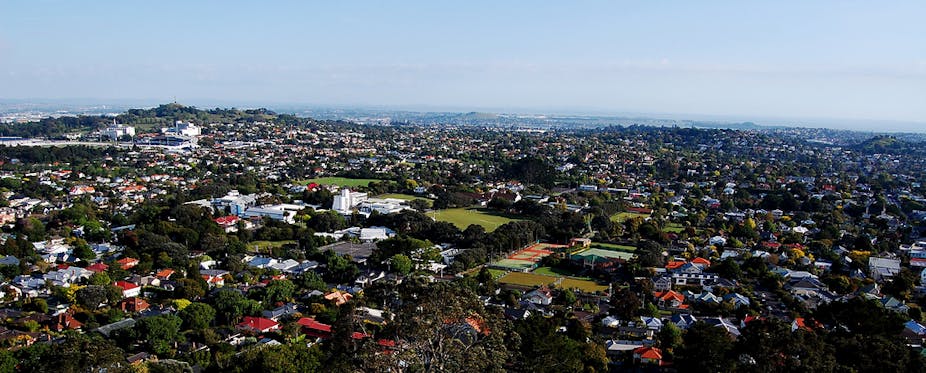Socioeconomic disadvantage and its impact on where we live and work (and how we get between the two), has enormous implications for health and well-being. But the picture is not as clear cut as many people assume.
The built environment’s influence on health starts in the home – the place fulfilling a raft of basic physical, social and emotional needs. People with reasonable, reliable incomes are in a better position to afford well-designed and constructed accommodation that meets these requirements.
But those struggling financially will find the high cost of housing a significant burden, typically resulting in basic health needs going unmet, as well as generating anxiety, stress and depression.
Inner vs outer
The geographic setting of the home is also important for health. Neighbourhoods where it’s easy to ditch the car are generally healthier places. This is where you can cycle, walk or catch reliable public transport with ease. Home, shops, services and jobs are all close by.
These are usually the suburbs with good-quality and well-maintained parks and public spaces. And they provide easy access to the city centre. But there’s a catch – real estate here is mostly expensive to buy and rent.
More spread out neighbourhoods, particularly those on the fringes of our cities, are arguably not as healthy. This is where houses and apartments are cheaper, but a long way from places and things people need to get to on a daily basis.
Public transport tends to be patchy and long commuting distances in cars are the norm. That’s a problem for good health.
Sedentary and car-dependent lifestyles make it difficult to be physically active – one of the most important ways of protecting people from chronic illness, such as heart disease and stroke, diabetes, and colon and breast cancers. Physical activity also lessens the impact of clinical depression and anxiety.
The most disadvantaged Australians tend not to do enough physical activity and they’re more likely to be obese compared to people living in wealthier areas.
A complicated picture
Clearly, a healthy built environment is one that supports physical activity. And to do that, places must be safe, and perceived to be so, pleasant to be out and about in, and have a well-connected street network.

Regularly maintained walking and cycling infrastructure is another important component – for both recreational use and daily transportation. Shading in summer, lighting at night, easy-to-read signage and facilities, such as water fountains and public toilets, are also part of the picture.
Higher residential densities are usually associated with such neighbourhoods, but unless different uses (shops, services, schools and childcare, for example) are close by and relatively easy to get to, taller buildings won’t mean healthier suburbs – density is a complex issue when it relates to health.
But don’t be fooled into thinking that the suburbs are all bad! Those expansive backyards can accommodate great cubby houses for independent children’s play, together with pets, wildlife and native plants. Veggie patches can mean the difference between an affordable nutritious meal every night of the week, rather than on the odd occasion.
Community gardens increasingly provide a source of healthy food, particularly in densifying urban areas. They can be found across the city, as well as in rural areas, irrespective of income levels. Not only do they enable participants to grow nutritious, inexpensive and culturally appropriate fresh vegetables and fruit, they nurture relationships too!
Growing together
Indeed, community gardens, such as one in a Sydney inner city public housing estate, have helped to bring culturally diverse groups together.
A healthy built environment supports a sense of community and belonging. This fosters perceptions of personal security, confidence and comfort – all of which can help people to be physically active in their local neighbourhood – irrespective of its proximity to the city centre and independent of the socioeconomic status of its residents.
A lively street increases the chance of incidental social interaction, enhancing possibilities for human connection and caring. This reduces feelings of loneliness and isolation, benefiting mental health.
The built environment can also support community creation by providing opportunities for street activities. Things such as food and bush gardens, seating overlooking natural vistas, local playgrounds for kids and their carers, and neighbourhood meeting places. But without an understanding of the diverse characteristics and needs of the local population, and community involvement in these initiatives, they can flounder.
The built environment clearly has an important role in supporting good physical and mental health, but its relationship with socioeconomic status is not entirely straightforward.
An environment that’s supportive of good health and resilient to climate change is the right of all citizens. It makes sound economic, environmental, health and social sense – and it’s about giving all Australians a fair go.
See the other articles in the series Class in Australia here.

